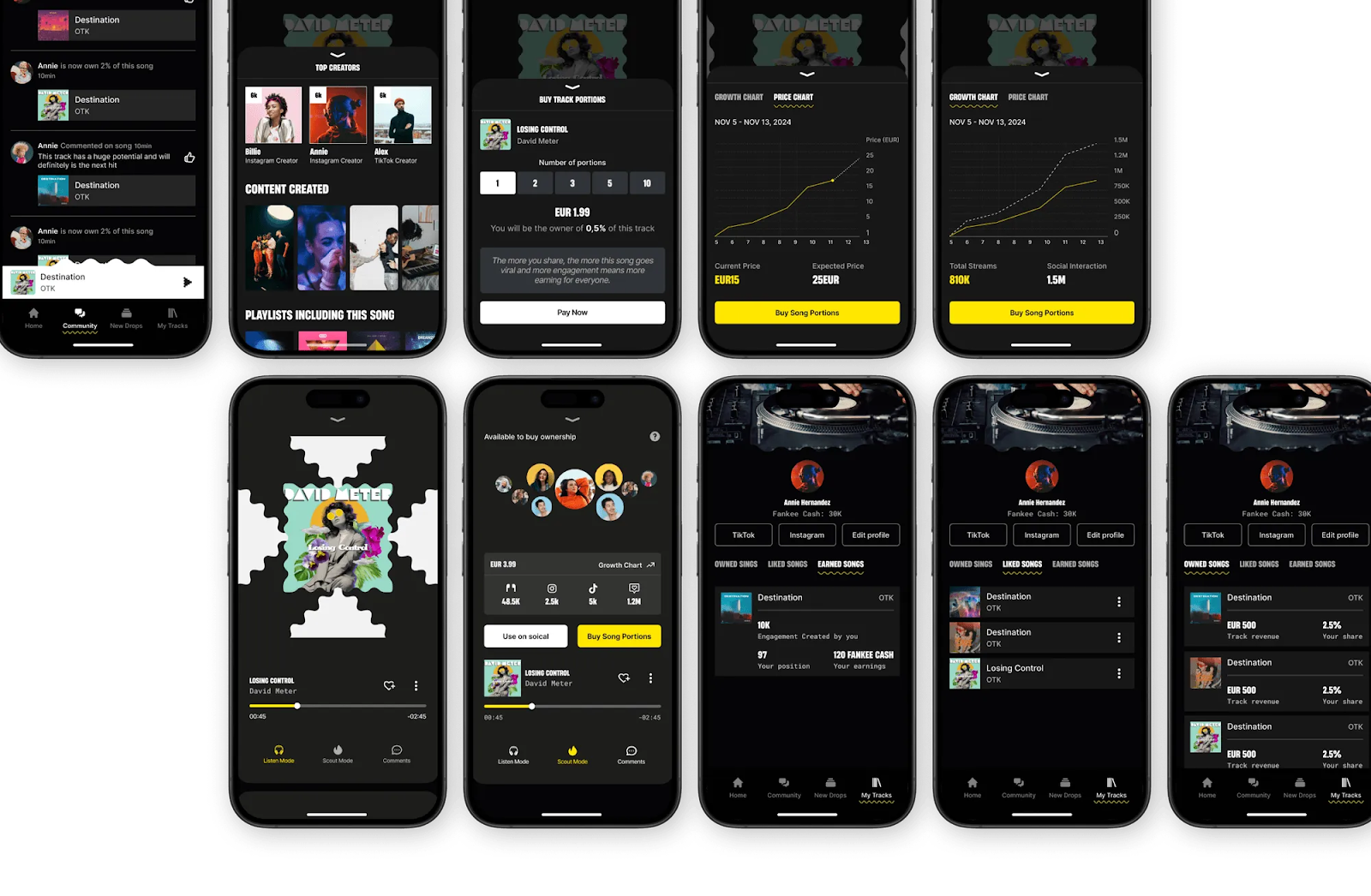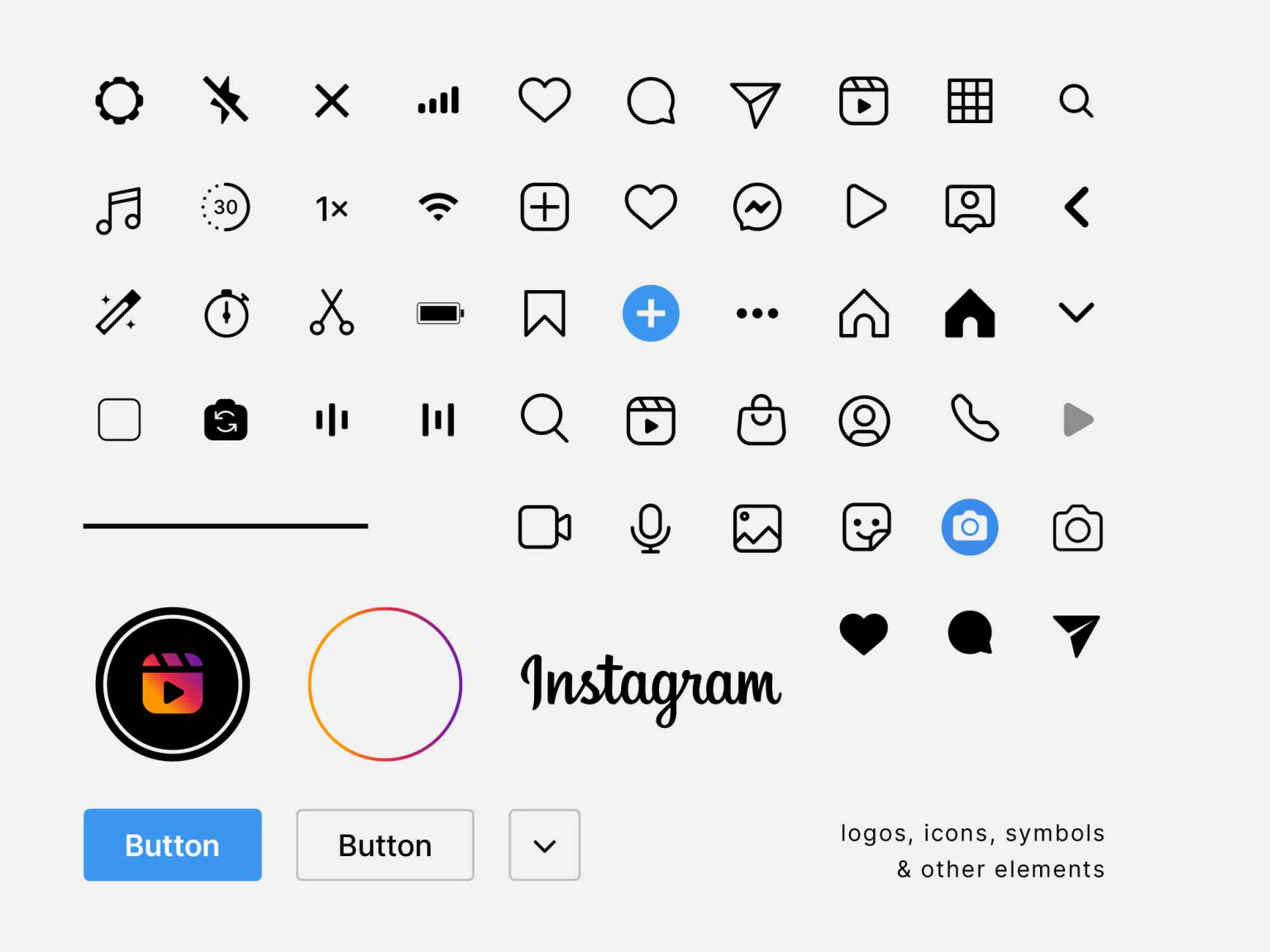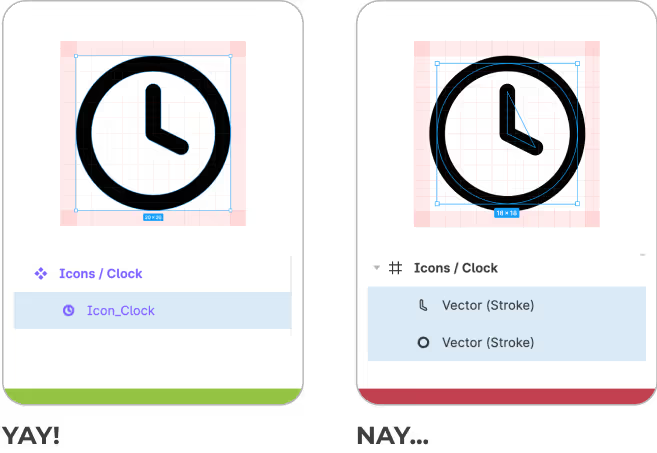Why UX design consistency matters and how to achieve it
Consistency in UX design isn't about making everything look the same. It's about creating harmony that helps users feel at home. When people land on your product, they bring expectations from their past digital and non-digital experiences. Meeting these expectations with consistent design is essential for creating experiences and products that users trust and enjoy.
.png)
In this article, you'll learn why consistency is essential for user trust, usability, and product growth, as well as how to introduce it into your design process from the ground up.
What is UX design consistency?
Let's start with the basics.
Consistency in UX design means crafting interfaces where similar elements
- look,
- function,
- and communicate
in similar ways.
So consistency means establishing or reusing patterns that users can recognize and rely upon across their experience.
To put it in a more visual way, think about the difference between visiting an organized and tidy shop where similar products are grouped in sections versus a chaotic second-hand market where nothing makes sense. The first one feels trustworthy and efficient; the second feels confusing and frustrating.

Why UX design consistency matters
1. Consistency builds user trust and reduces cognitive load
When a product has a consistent interface, users develop confidence in it. They know that if they learned how something works in one part of your app, that knowledge will apply in other places too.
Consistency also reduces the mental load needed to use your product. When buttons, navigation patterns, and terminology remain consistent, users don't have to figure out how things work or are labeled on every new screen.
2. Consistency strengthens brand identity
Consistency in visual elements and wording both builds and reinforces your brand strategy and dentity. The sense of uniformity strengthens brand recall, and makes unique branding elements stand out even more.
3. Consistency supports user expectations
There's a UX law (Jakob's Law of Internet User Experience) that states that "users spend most of their time on other sites, and they prefer your site to work the same way as all the other sites they already know." This basically translates to "don't reinvent the wheel.”
By aligning with the rest of the web while maintaining your unique value proposition, you create an experience that feels both familiar and fresh.

The 4 types of consistency in UX
1. Visual consistency
Visual consistency includes typography, color palette, iconography, spacing, shadows, and many other visual details. Using a consistent and defined scale of font styles, a set of colors with consistent meanings, and cohesive icons creates a visual language that users intuitively understand and learn.
2. Functional consistency
Functional consistency ensures that interactive elements behave in the same or similar way. So, buttons that look similar should perform similar actions, the same gesture should produce the same result in every screen of the app, and navigation patterns should remain consistent across different sections.
3. Content consistency
Content consistency relates to words, tone, and terminology. This means using the same words for the same concepts (always "sign up" instead of "register" in some places), maintaining a consistent tone of voice that aligns with your brand, and using consistent naming conventions for features or even industry-specific jargon.
4. External consistency
External consistency means following established patterns that users already understand from other products or places. This includes things like using standard icons for common functions, following platform-specific guidelines, and implementing common interaction patterns like pull-to-refresh.

How to achieve consistency in UX design
Build or use a design system/library
A design system is one of the most powerful tools for building consistency. It helps you think about and define everything that makes your product unique while keeping things consistent across different pages and platforms.
Building one from scratch is a big team effort.
Well-structured design systems should document each component's purpose and usage, and show all variations and states.
Establish content guidelines that include voice and tone principles, preferred wording, and patterns for common text elements like error messages and button labels. If you plan on doing so, discover how we do it at UX studio.
If your timeline or team size doesn't allow for building a comprehensive design system from scratch, consider adapting an existing library like Material Design or Tailwind. You can easily adapt the visual style of these frameworks to align with your brand while maintaining their consistency.
Conduct regular design audits
Even with systems in place, when you think nothing can fail, inconsistencies can show up over time. Regular UX audits help identify issues in production (the live version), or even solve issues within your Design System that your team did not think of when it was created.

Promote cross-team collaboration
Consistency requires collaboration within the design crew and across disciplines. Designers need to understand and craft from shared systems, developers need to implement designs and interactions accurately, and product managers need to keep consistency and constraints in mind across features. Regular cross-functional catch-ups and reviews help keep everyone aligned.
Common consistency pitfalls to avoid
Over-reliance on templates
Templates can be very useful to save time, but they can lead to monotony rather than true consistency. Use your design system as a foundation, not as an unbreakable rule, and adapt its use to each context. Focus on consistent patterns rather than identical layouts.
Too much flexibility in team workflows
Now, when things get to the other extreme and team members have complete freedom, consistency suffers. Establish clear workflows that include consistency checks with the rest of the team or the Design System owners, and make it easy to do the right thing by providing well-documented resources.

Forgetting about mobile/web parity
When mobile and web versions feel like entirely different products, users have to relearn how to complete tasks. Think of cross-platform consistency when defining your design system while keeping in mind platform-specific best practices and limitations.
Assuming consistency = boring
Don't think of consistency as a set of boundaries that limits creativity. Some of the most elegant designs often emerge from strict constraints. Save your creative energy for those moments where innovation truly matters to users and make your brand yours.
Key takeaways
Consistency in UX design creates familiar, intuitive patterns that help users feel like they know what they are doing. When users know how elements will behave, they can focus on accomplishing their goals and your unique value proposition rather than trying to figure it out or get frustrated by your interface.
To achieve it, invest in creating or adapting a design system, with clear guidelines for visual elements and content. On top of that, conduct regular audits to identify inconsistencies or new use cases, and encourage collaboration across teams.

Remember that consistency is there to serve users, not to limit your creativity. The best digital experiences find the sweet spot between using consistent patterns where appropriate while introducing novelty where it adds value.
By keeping consistency as one of the core principles in your design process, you'll create products that are easier to use, faster to learn, and trusted by your users.
Get consistent results with UX studio. We’re available for training and project work.
Links worth checking
Internal
- Website Redesign: 15 Things to Consider Before Getting Started
- Design Aloud - Design Systems at a Small Scale | Design Aloud 🎧
External



